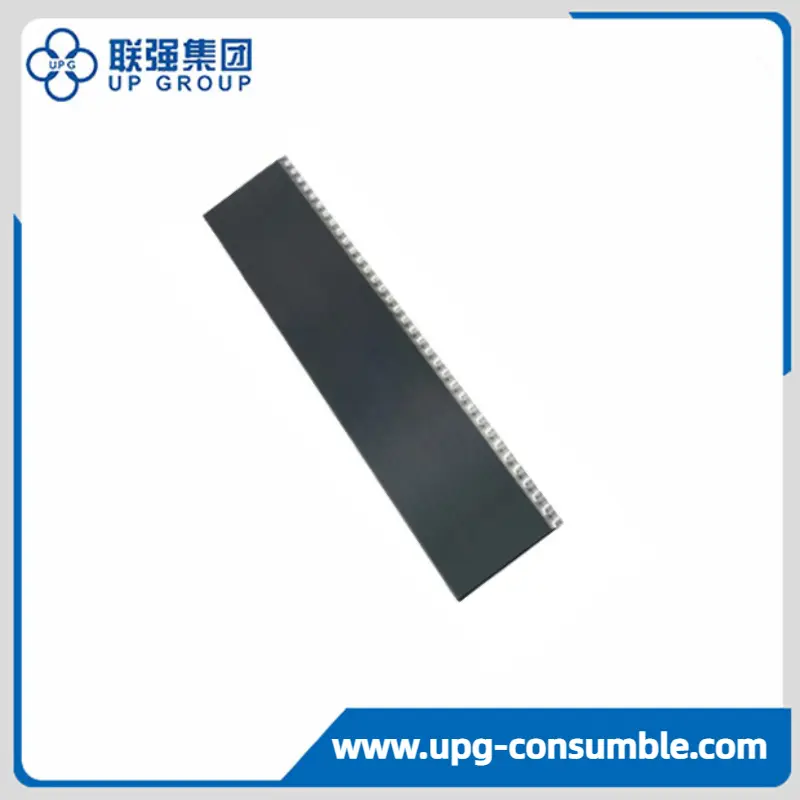Steel die-cutting machines are an important part of the die-cutting process, a method used to cut and shape materials such as paper, cardboard, and fabric. A cutting rule is a thin, sharp, and durable steel rod used for making precise and intricate cuts in a variety of materials. This article will explore the importance of die cutting rulers in die cutting, their different types, and their applications in various industries.
Cutting rules are key elements in the die-cutting process as they determine the accuracy and quality of the material being cut. It is usually made of high-quality steel and comes in various thicknesses and heights to meet different cutting requirements. A cutting ruler is typically attached to a wooden or metal die-cut board, which is then pressed against the material to create the desired shape or pattern.
There are several types of cutting rules used in die cutting, each designed for a specific cutting application. The most common types include flat knives, rotary knives, punch knives, and creasing knives. Flat cutters are used for straight cuts and simple shapes, while rotary cutters are used for cutting curved or complex shapes. The perforation ruler is used to create perforations or dashed lines in the material, and the crease ruler is used to create fold lines.
Meantime, you can please kindly check our this product if you need cutting rule, LQ-TOOL Cutting Rules

The performance of die-cutting rule requires that the steel texture is uniform, the hardness combination of blade and blade is appropriate, the specification is accurate, and the blade is quenched, etc. The hardness of the blade of a high-quality die-cutting rule is usually significantly higher than that of the blade, which not only facilitates molding, but also provides a longer die-cutting life.
The choice of cutting rule depends on the material being cut and the complexity of the design. For example, thicker and denser materials may require a heavier-gauge cutting rule to ensure clean and precise cuts, while delicate materials may require a finer-gauge cutting rule to prevent damage or tearing.
Steel die cutters are widely used in various industries such as packaging, printing, automobiles, textiles, and leather products. In the packaging industry, die cutting is used to create custom-shaped packaging materials such as boxes, cartons, and displays. The precision and versatility of steel cutting rules allows for the production of complex and visually appealing packaging designs.
In the printing industry, die cutting is used to create unique and eye-catching printed materials such as business cards, brochures, and labels. Steel cutting rules allow for precise and consistent cuts, ensuring printed materials meet the highest quality standards.
The automotive industry uses die cutting to produce gaskets, seals and interior trim parts. Steel cutting disciplines are critical to manufacturing precision and durable parts that meet the stringent requirements of the automotive industry.
In the textile and leather goods industry, die cutting is used to cut fabric, leather and other materials into specific shapes for the production of clothing, accessories and interior decoration. Steel cutting rulers can create intricate patterns and designs that enhance the beauty of the final product.
Overall, steel die cutters play a vital role in the die-cutting process, allowing for precise, high-quality cuts on a variety of materials. Its versatility and durability make it an indispensable tool for various industries to create custom-shaped products, printed materials, automotive parts and fashion accessories. As technology continues to advance, cutting rules will likely continue to evolve to meet the changing needs of the manufacturing and design industries, further enhancing their functionality and applications.
Post time: Sep-02-2024
